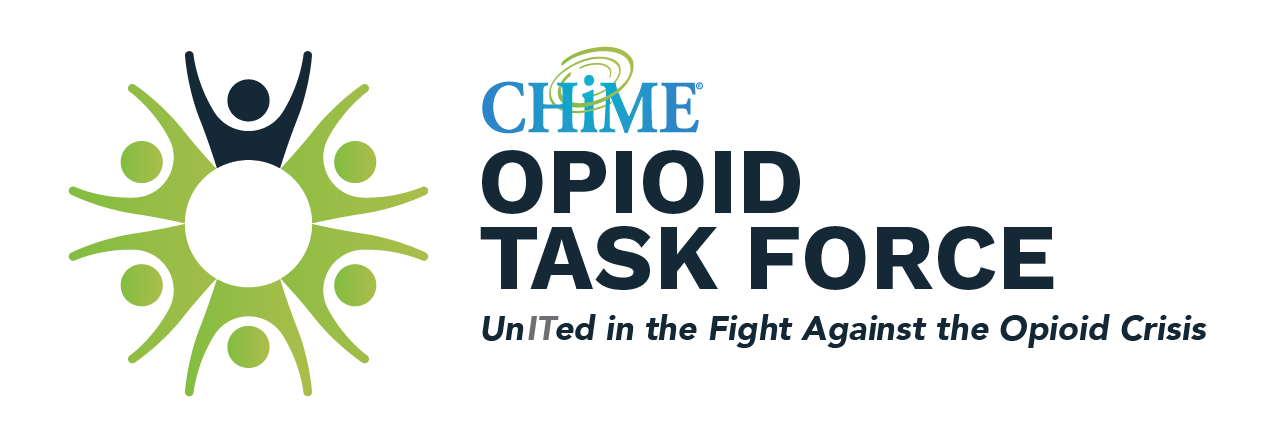The opioid crisis spans many different areas of care and response. It affects EDs, ORs, neonatal ICUs, police, fire, EMT, family practice, behavioral health, dental, Federally Qualified Health Centers (FQHCs), pharmacies, schools, libraries, homeless shelters and most of all, families.
Hospitals and health systems across the United States have begun to realize the effect of the opioid crisis and its immensity. Although great strides are taking place in organizations to reduce opioid prescriptions and help with treatments of opioid addiction, they are learning that they cannot do it alone. We all need to collaborate and work with each other, and at times with some untraditional partners, to be successful in stemming the tide against the crisis.
Reaching out to the communities we serve. building relationships and collaborating with other entities and organizations are vital to success. There can be many different reasons or objectives for collaborating with other entities and organizations spanning regions or within local areas. There are many resources at the national, state and local levels available to help fight the opioid crisis. Single entities and organizations will have a much larger impact in their communities by leveraging and working with other resources in their area.
In some instances, though, resources or programs just don’t exist. To fill the gap, people may need to look outside the box and join forces to create frameworks or programs. In order to do that they need to locate and align themselves with people and organizations they may not have had contact with before.
Some examples of collaboration and community outreach include working with FQHCs to design or leverage an existing Suboxone treatment plan. Hospitals can reach out to local health services to place resources strategically in the most effective areas. There are opportunities to work with police departments on strategies dealing with overdoses and treatment options, or with school systems to proactively educate children and parents about the dangers of opioids and prescriptions. Working with pain management practitioners within local and regional areas may help identify new standards and alternative treatments.
This chapter will look at different types of collaborations among different organizations and entities. Where possible, we will highlight the role of IT in facilitating these collaborative endeavors.
- Lily’s Place Neonatal Abstinence Syndrome Center in West Virginia.
- The Emerald Jenny Foundation
- PROACT
- North Sonoma County Opiate Harm Reduction Task Force
